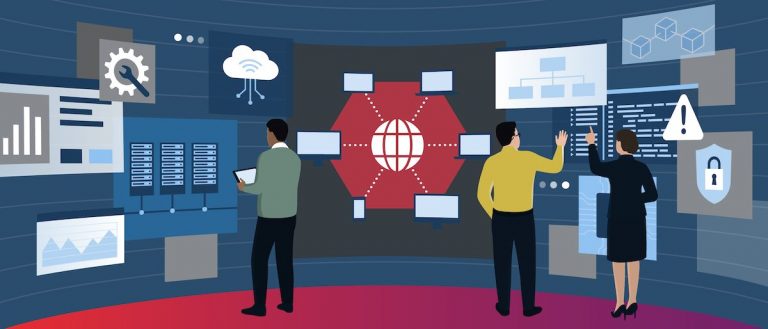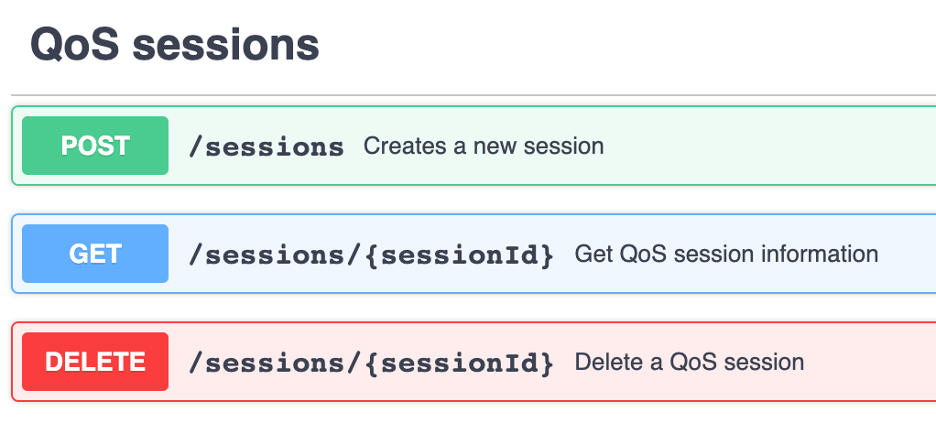Convergence
Revolutionizing Telecommunications with Intent-Based Quality on Demand APIs

In today’s digitally connected world, where everyone expects high-speed and reliable connections for their data-intensive activities, quality of service (QoS) plays the starring role. Think of QoS as the traffic cop of the digital highway, ensuring that data gets where it needs to go smoothly and quickly. For service providers, QoS is more than just traffic management. It’s a way to ensure customer satisfaction, differentiate their services and ultimately succeed in the ever-competitive telecommunications market.
To easily expose these QoS capabilities to customers and third-party developers, CableLabs is working with CAMARA to publish a set of intent-based APIs. CAMARA is an open-source project hosted by the Linux Foundation, with active participation from service providers, third-party developers, hyperscalers and a diverse vendor ecosystem. GSMA is standardizing many of the CAMARA APIs as a part of its Open Gateway initiative, providing a path to market and adoption for these services.
This work was an open collaboration with CAMARA and the participating companies as they continue to embrace wireline technologies. The CAMARA community provides an easy path for operators and developers to contribute and consume network APIs. More engagement from wireline operators will drive this further.
The Game-Changing Extension
Before we delve into the details of intent-based APIs and CAMARA, I’d like to highlight CableLabs’ recent contribution and demonstrate why we think it’s an important milestone in the continuous network transformation that our members are undergoing.
As you may be aware, CableLabs’ member companies frequently have fiber and mobile offerings in addition to their DOCSIS® networks. Each of these networks has a variety of mechanisms for managing QoS settings and establishing Quality on Demand (QoD) sessions. Although we want to expose these capabilities to end users, we don’t want to expose the added complexity. The changes we’re introducing allow for virtually any QoS profile to be defined using a common set of attributes that will work across both wireless and wireline networks. Before our QoS profile contribution, only four predefined profiles were available, and they didn’t map well to wireline offerings.
The initial profiles were also based on general guidance and didn’t provide a specific set of capabilities. This isn’t a criticism of the initial work. It was a great start, and these APIs are still in an alpha release. That means that the APIs are still in the early phases of development, and we expect additional changes before a stable release happens.
Details of the CAMARA Quality on Demand API
The CAMARA Quality on Demand API is available here. The purpose of this API is to dynamically manage QoD sessions for specific devices or traffic flows.
Readers who are familiar with developing web services will be familiar with the diagram below, showing the three methods for managing a QoS session. The methods are as follows:
- Create session (POST)—Requests that the service provider establish a new QoS session based on the device and subscriber identification information and the unique name for the QoS profile for a given duration.
- Get session (GET)—Retrieves the information about a session based on its session ID.
- Delete session (DELETE)—Terminates a session before it has expired.
In addition to defining the calls above, the API defines all the required and optional attributes associated with each call. This is all written using OpenAPI version 3.0.3. The benefit of using OpenAPI is that there are dozens, if not hundreds, of tools out there to generate code based on OpenAPI descriptions.

Details About QoS Profile Attributes
These new QoS attributes are intended to describe most QoS profiles across a wide variety of wireless and wireline networks. Each of the network types describes quality of service in the exact same way. The CAMARA QoS Profile has distilled these settings into a common set of attributes that can be applied across a broad set of access networks. Since these attributes are defined by the services provider, the provider can choose a subset of these capabilities to expose. It’s important to read the definitions of these attributes in the CAMARA Quality on Demand API before you use them since these definitions may vary slightly from a specific access network implementation.
We’ve added 15 attributes for QoS profiles. Don’t let that overwhelm you; only the name and status are required. The list of attributes is here, with detailed descriptions provided in the QoD API specification.
- name
- description
- status
- targetMinUpstreamRate
- maxUpstreamRate
- maxUpstreamBurstRate
- targetMinDownstreamRate
- maxDownstreamRate
- maxDownstreamBurstRate
- minDuration
- maxDuration
- priority
- packetDelayBudget
- jitter
- packetErrorLossRate
Benefits of Open Source
One of the great advantages of this project’s open-source nature is that these APIs are available to anyone to try. There’s no need to wait for a stable release or an official product to kick the tires on these APIs. Anyone can download them today and use give them a try.
In fact, that’s how CableLabs started working with CAMARA. As part of a “Speed Boost” proof of concept to highlight the convergence architecture, we needed an API that provided many of the capabilities that CAMARA offers. The initial “Speed Boost” used the version of the CAMARA Quality on Demand API that was available at the time. We’ll expand on this more during SCTE Cable-Tec Expo ’23 in October.
Through our work with the APIs, we found opportunities to make improvements. The CAMARA community was very welcoming to and supportive of our contribution. These changes have now been merged into the 0.9.0 release.
Next Steps
We’re already working on extensions to the Quality on Demand API to allow for a richer set of query capabilities to find the QoS profile that meets individual needs. Please provide feedback and support for these features here and here.
Stay tuned for more updates about CAMARA, the GSMA Open Gateway initiative and CableLabs’ continued contributions to the telecommunications sector. These entities are working together to shape the future of telecommunications, and it’s an exciting time to watch this transformation unfold.


